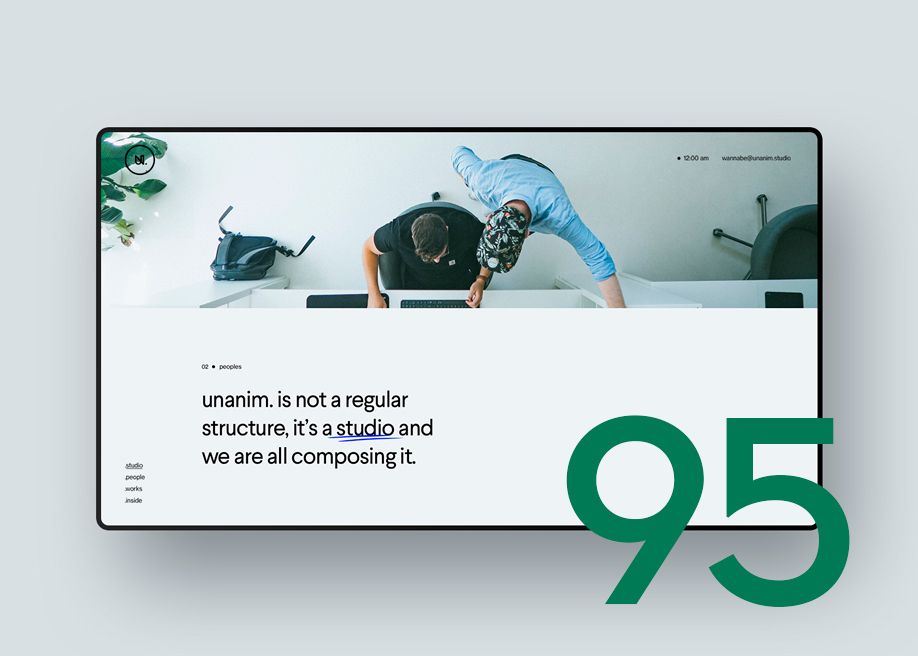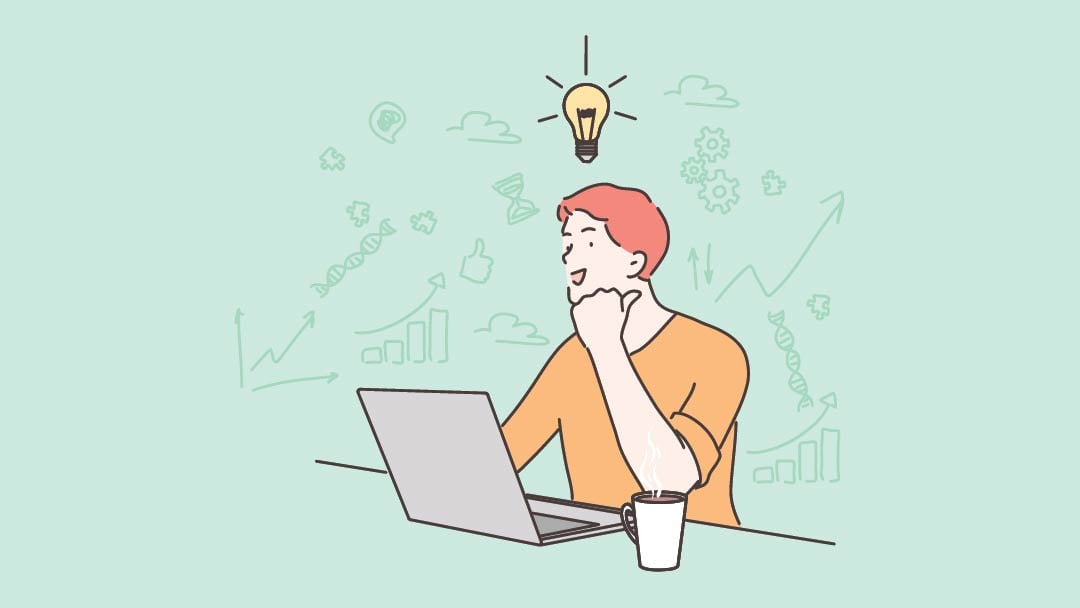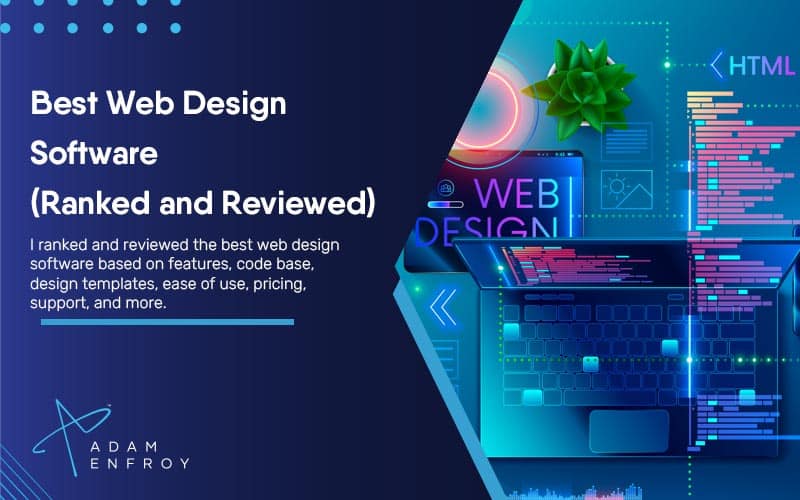All Categories
Featured
Table of Contents
- – Minneapolis Web Design - 100+ Five Star Review...
- – Learning Web Design: A Beginner's Guide To Ht...
- – Web Designer News - The Best Curated News For...
- – 53 Web Design Tools To Help You Work Smarter ...
- – Web Designer: Learn The 9 Skills You Need In ...
- – Web Design - Website Design Tutorials, Articl...
- – Redtree Web Design - Pittsburgh Tips and Tri...
- – 10 Principles Of Good Web Design - Smashing ...
- – Web Design Courses & Tutorials - Codecademy ...
- – Web Design Service - Professionally Designed...
- – Web Design And Development - Invision Tips a...
Minneapolis Web Design - 100+ Five Star Reviews - Seo ... Tips and Tricks:
Quick summary Use and the utility, not the visual design, identify the success or failure of a website. Since the visitor of the page is the only individual who clicks the mouse and therefore decides everything, user-centric design has actually established as a standard method for successful and profit-oriented web style - web design frederick md.
and the utility, not the visual design, identify the success or failure of a site. Considering that the visitor of the page is the only individual who clicks the mouse and therefore decides everything, user-centric style has become a standard technique for successful and profit-oriented web style. If users can't use a feature, it might as well not exist.
g. where the search box must be put) as it has actually already been done in a variety of articles; instead we concentrate on the approaches which, utilized properly, can result in more advanced design decisions and simplify the process of viewing provided info. Please observe that you might be thinking about the usability-related short articles we've published prior to: Concepts Of Good Website Design And Reliable Website Design Standards, In order to use the principles appropriately we initially require to comprehend how users interact with websites, how they believe and what are the fundamental patterns of users' habits.
Learning Web Design: A Beginner's Guide To Html, Css ... Tips and Tricks:
Visitors glimpse at each new page, scan some of the text, and click the first link that captures their interest or slightly resembles the thing they're looking for. In reality, there are large parts of the page they don't even take a look at. The majority of users look for something interesting (or helpful) and clickable; as quickly as some promising candidates are discovered, users click.
If a page offers users with top quality material, they are prepared to jeopardize the content with ads and the style of the website. This is the reason not-that-well-designed sites with premium material gain a great deal of traffic over years. Content is more crucial than the design which supports it.

Really easy concept: If a website isn't able to satisfy users' expectations, then designer failed to get his task done correctly and the business loses cash. The greater is the cognitive load and the less instinctive is the navigation, the more ready are users to leave the website and search for options.
Web Designer News - The Best Curated News For Designers Tips and Tricks:
Neither do they scan webpage in a linear style, going sequentially from one site area to another one. Rather users satisfice; they pick the very first reasonable alternative. As quickly as they discover a link that appears like it might result in the objective, there is an excellent chance that it will be right away clicked.
It doesn't matter to us if we comprehend how things work, as long as we can utilize them. If your audience is going to act like you're developing signboard, then design fantastic billboards." Users want to have the ability to manage their internet browser and depend on the constant information discussion throughout the website.
If the navigation and website architecture aren't intuitive, the variety of enigma grows and makes it harder for users to comprehend how the system works and how to obtain from point A to point B. A clear structure, moderate visual ideas and quickly identifiable links can assist users to discover their course to their goal.
53 Web Design Tools To Help You Work Smarter In 2022 Tips and Tricks:

Because users tend to explore sites according to the "F"-pattern, these 3 declarations would be the first elements users will see on the page once it is packed. The style itself is basic and user-friendly, to understand what the page is about the user requires to search for the answer.
When you have actually achieved this, you can communicate why the system is useful and how users can gain from it. Individuals won't utilize your website if they can't discover their method around it. 2. Do Not Misuse Users' Perseverance, In every job when you are going to offer your visitors some service or tool, try to keep your user requirements minimal.
First-time visitors want to, not filling long web forms for an account they may never use in the future. Let users explore the site and discover your services without forcing them into sharing private information. It's not affordable to require users to get in an e-mail address to test the feature.
Web Designer: Learn The 9 Skills You Need In 2022 - Skillcrush Tips and Tricks:
Stikkit is a best example for an easy to use service which needs nearly nothing from the visitor which is unobtrusive and comforting. Which's what you desire your users to feel on your website. Obviously, Termite needs more. Nevertheless the registration can be performed in less than 30 seconds as the type has horizontal orientation, the user does not even need to scroll the page.
A user registration alone is enough of an obstacle to user navigation to cut down on incoming traffic. 3. Handle To Focus Users' Attention, As websites supply both fixed and dynamic material, some elements of the interface draw in attention more than others do. Obviously, images are more attractive than the text just as the sentences marked as bold are more attractive than plain text.
Focusing users' attention to specific areas of the website with a moderate usage of visual aspects can assist your visitors to receive from point A to point B without thinking about how it actually is supposed to be done. The less concern marks visitors have, the they have and the more trust they can establish towards the company the website represents.
Web Design - Website Design Tutorials, Articles And Free Stuff Tips and Tricks:
4. Aim For Function Direct exposure, Modern website design are typically slammed due to their approach of assisting users with aesthetically appealing 1-2-3-done-steps, big buttons with visual impacts etc. However from the style viewpoint these elements actually aren't a bad thing. On the contrary, such as they lead the visitors through the website material in a really simple and easy to use method.
The site has 9 primary navigation choices which are noticeable at the very first look. The choice of colors might be too light. is a fundamental concept of effective user interface design. It does not truly matter how this is attained. What matters is that the material is well-understood and visitors feel comfy with the way they connect with the system.
Instead a price: just what visitors are looking for. An optimum service for efficient writing is touse brief and concise phrases (come to the point as rapidly as possible), use scannable layout (categorize the material, utilize numerous heading levels, utilize visual components and bulleted lists which break the circulation of uniform text blocks), use plain and unbiased language (a promotion does not require to sound like ad; provide your users some sensible and objective factor why they must utilize your service or remain on your site)6.
Redtree Web Design - Pittsburgh Tips and Tricks:
Users are seldom on a site to delight in the design; moreover, most of the times they are trying to find the info regardless of the design - web design frederick md. Aim for simplicity instead of complexity. From the visitors' viewpoint, the finest site style is a pure text, with no advertisements or additional material blocks matching precisely the query visitors used or the content they have actually been looking for.
Finch plainly presents the info about the website and offers visitors a choice of alternatives without overcrowding them with unnecessary material. Not only does it help to for the visitors, however it makes it possible to perceive the details provided on the screen.
Complex structures are more difficult to check out, scan, examine and work with. If you have the choice in between separating 2 design sections by a visible line or by some whitespace, it's normally much better to use the whitespace service. (Simon's Law): the much better you handle to provide users with a sense of visual hierarchy, the simpler your material will be to perceive.
10 Principles Of Good Web Design - Smashing Magazine Tips and Tricks:
The same conventions and rules must be used to all elements.: do the most with the least amount of cues and visual components. 4 significant points to be considered: simplicity, clarity, distinctiveness, and emphasis. Simpleness includes only the elements that are crucial for interaction. Clarity: all elements must be designed so their meaning is not uncertain.
Conventions Are Our Friends, Traditional style of site elements doesn't lead to an uninteresting website. In truth, as they minimize the learning curve, the requirement to figure out how things work. It would be a functionality headache if all sites had various visual presentation of RSS-feeds. That's not that different from our regular life where we tend to get utilized to fundamental concepts of how we arrange data (folders) or do shopping (positioning of products).
understand what they're anticipating from a site navigation, text structure, search positioning etc. A case in point from functionality sessions is to equate the page in Japanese (assuming your web users do not understand Japanese, e. g. with Babelfish) and provide your functionality testers with a job to find something in the page of various language.
Web Design Courses & Tutorials - Codecademy Tips and Tricks:
Steve Krug suggests that it's better to, but take benefits of conventions when you do not. 10. Test Early, Test Often, This so-called TETO-principle ought to be applied to every web style job as usability tests frequently offer into significant problems and concerns related to an offered layout. Test not far too late, not insufficient and not for the wrong reasons.
Some essential points to remember: according to Steve Krug, and testing one user early in the job is better than testing 50 near completion. Accoring to Boehm's first law, mistakes are most frequent throughout requirements and design activities and are the more expensive the later they are gotten rid of.
That means that you create something, test it, fix it and then check it once again. There may be issues which haven't been found throughout the very first round as users were almost blocked by other problems. usability tests. Either you'll be pointed to the problems you have or you'll be indicated the absence of significant design flaws which remains in both cases a helpful insight for your job.
Web Design Service - Professionally Designed Websites Tips and Tricks:

This holds for designers. After you have actually dealt with a website for few weeks, you can't observe it from a fresh point of view any longer. You know how it is developed and for that reason you know exactly how it works you have the wisdom independent testers and visitors of your site wouldn't have.
It can be linked to other locations such as graphic design, user experience, and multimedia arts, but is more appropriately seen from a technological perspective. It has become a big part of individuals's everyday lives. It is difficult to think of the Web without animated graphics, different styles of typography, background, videos and music.

Throughout 1991 to 1993 the World Wide Web was born. Text-only pages could be viewed using a basic line-mode browser. There had actually been no integrated method to graphic style components such as images or noises.
Web Design And Development - Invision Tips and Tricks:
The W3C was created in October 1994 to "lead the World Wide Web to its complete potential by developing common procedures that promote its advancement and guarantee its interoperability." This discouraged any one business from monopolizing a propriety browser and programming language, which could have changed the impact of the Web as a whole.
As this has actually happened the innovation of the web has also proceeded. There have actually likewise been significant changes in the way people utilize and access the web, and this has actually altered how websites are designed. Considering that completion of the browsers wars [] new internet browsers have actually been released. Much of these are open source implying that they tend to have much faster development and are more supportive of new requirements.
Learn more about Lovell Media Group LLC or TrainACETable of Contents
- – Minneapolis Web Design - 100+ Five Star Review...
- – Learning Web Design: A Beginner's Guide To Ht...
- – Web Designer News - The Best Curated News For...
- – 53 Web Design Tools To Help You Work Smarter ...
- – Web Designer: Learn The 9 Skills You Need In ...
- – Web Design - Website Design Tutorials, Articl...
- – Redtree Web Design - Pittsburgh Tips and Tri...
- – 10 Principles Of Good Web Design - Smashing ...
- – Web Design Courses & Tutorials - Codecademy ...
- – Web Design Service - Professionally Designed...
- – Web Design And Development - Invision Tips a...
Latest Posts
Figma: The Collaborative Interface Design Tool. Tips and Tricks:
Web Design - The First 100 Years - Idle Words Tips and Tricks:
Web Design Certificate - Web Development Certificate Program Tips and Tricks:
More
Latest Posts
Figma: The Collaborative Interface Design Tool. Tips and Tricks:
Web Design - The First 100 Years - Idle Words Tips and Tricks:
Web Design Certificate - Web Development Certificate Program Tips and Tricks: